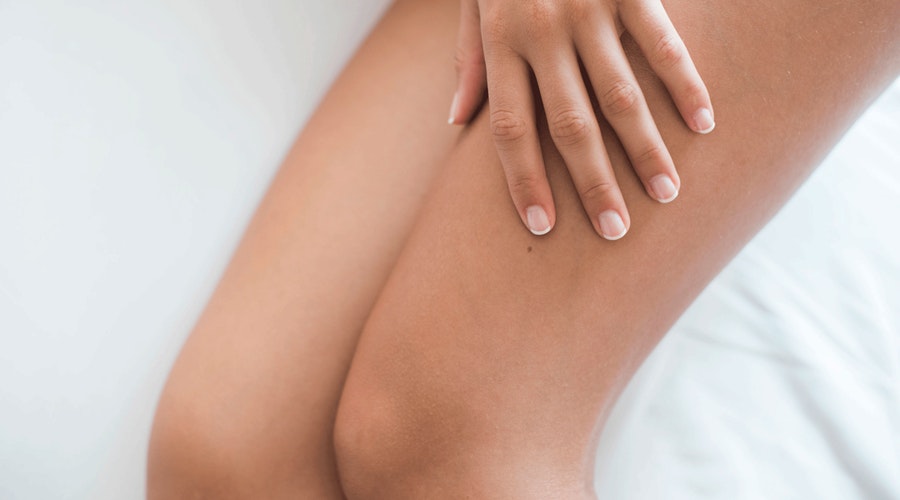
Hello, lovelies! The ketogenic diet has been a hot topic this year and I’ve been interviewed on the topic many time. Basically, the keto diet is a low-carb, high-fat diet that is designed to get the body into a metabolic state of ketosis. A ketogenic diet is designed to help your body use fat for fuel, reducing the need for blood sugar as an energy source.
So just how low carb is the keto diet? Generally, limiting carbohydrate intake to 20 to 50 grams per day can stimulate ketosis. (For reference, there are about 60 grams of carbs in your average bagel.) Depending on gender, weight, and level of physical activity, [reducing daily carbohydrates to about] 50 grams may be necessary to prompt the body to use fat as a fuel source for weight loss.
Plus, unlike other low-carb diets, like Atkins®, the keto diet takes things a step further by adding a specific ratio of macronutrients, which has been found to achieve and maintain ketosis. For optimal results, approximately five to 10 percent of your daily calories should come from your net carbs, with 30 to 35 percent from protein, and 55 to 60 percent from fat. This can vary based on a person’s overall calorie intake. To put this in perspective, most Americans get 50 percent of their daily calories from carbohydrates, which equals roughly 250 grams if you eat 2,000 calories a day.
Clearly, carbs are mostly a no-go, but there is still plenty you can eat. The keto diet should focus on fibrous vegetables such as celery, greens, cucumbers, and summer squash, as well as lean protein like fish, poultry, various meats, or soy. It’s also important to supplement the diet with fatty foods, including avocado, olives, MCT [medium-chain triglyceride] oil, coconut oil, and other oils. Remember, you’re aiming to get up to 60 percent of your daily calories from fat, so don’t shy away from these good fats!
Ultimately, success on the keto diet requires avoiding foods with a high glycemic load. These are foods with a concentrated amount of carbohydrates in a small portion. These include dried fruit, candy, sweetened foods, yogurts, desserts, and (of course) starches in general.
I was interviewed by TheSpotlyte.com on what the Keto Diet is, what foods to eat and avoid and more. To read the full article, please click here.
Eat healthy! Be happy! Xo Nicolette
 Healthy Meal Hacks for Hectic Households
Healthy Meal Hacks for Hectic Households